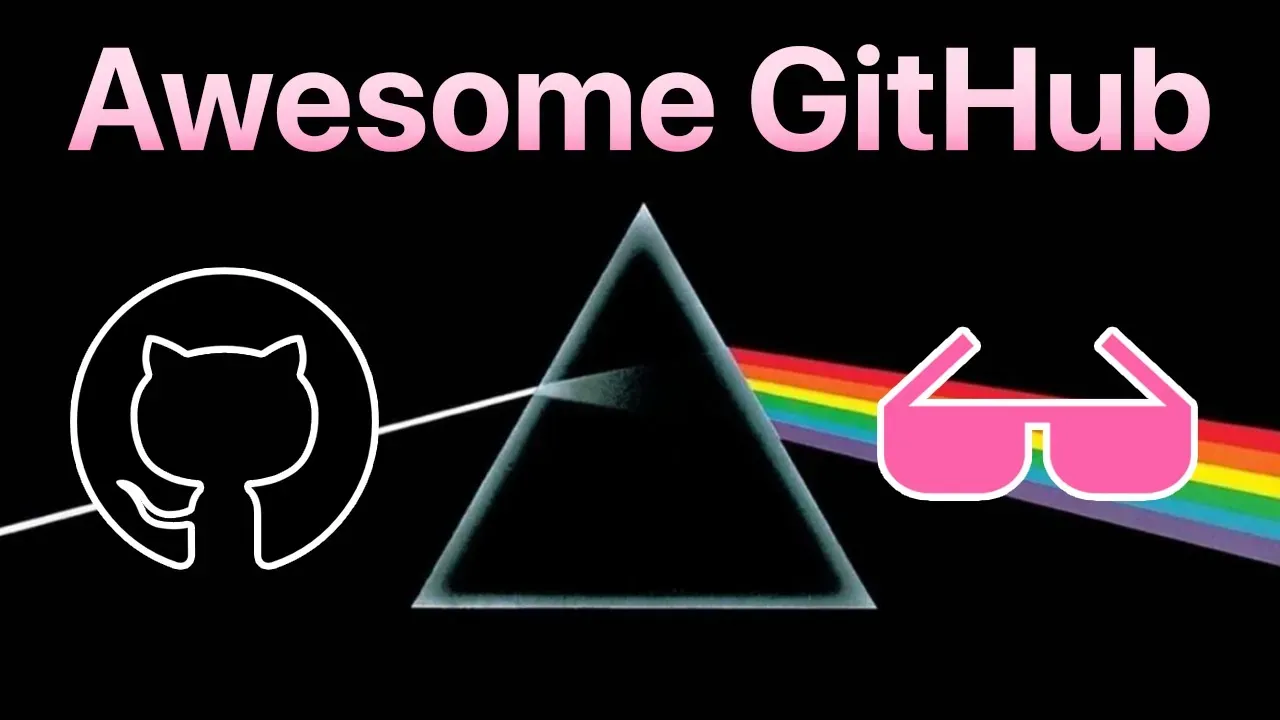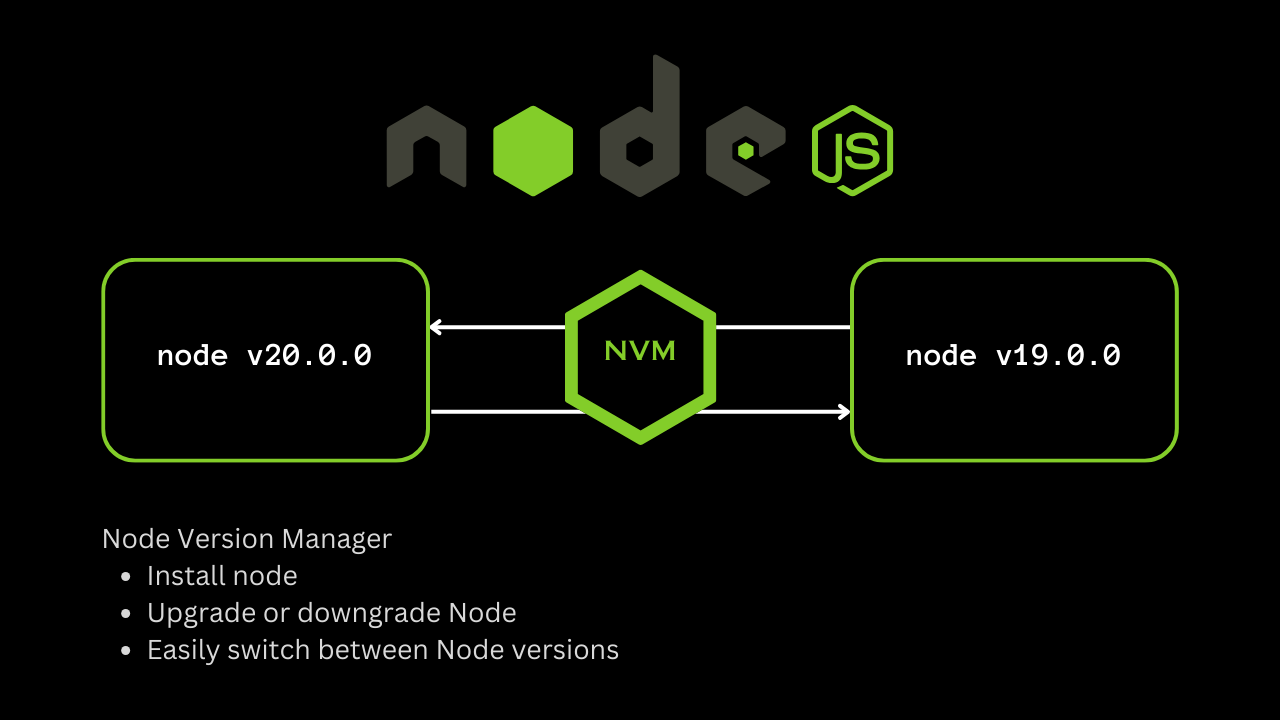Want to contribute something meaningful to the developer community without building an app or library? Consider creating an awesome list. These curated collections—made popular by Sindre Sorhus’s awesome project—gather high-quality links and resources on a specific topic in a clean, organized format.
1. Pick a Clear Topic
Choose a subject you’re passionate about and familiar with. The more focused, the better—this helps your list stand out and stay useful.
For example:
- ✅
awesome-fish - ✅
awesome-zig-gamedev - ✅
awesome-browser-extensions-for-productivity
If you’re tackling a broad category (like awesome-javascript), be aware there may already be an established list. That’s fine—but make sure your version brings something fresh, like a regional focus, beginner slant, or specialized subdomain.
2. Review Existing Awesome Lists
Before you dive in, browse the main awesome list index to see what’s already out there. If your topic is already covered, ask:
- Can I make a complementary list?
- Is there a niche or subset I can focus on?
- Does the existing list need improvement?
Also, read the official create-list guide. It outlines formatting standards and community expectations.
3. Set Up Your Repository
Create a new GitHub repository named something like awesome-your-topic. Your list will live in README.md, and the repo should follow this basic structure:
├── README.md # Your actual list
├── LICENSE # Use the MIT license (required)
├── CONTRIBUTING.md # Optional but recommended
└── CODE\_OF\_CONDUCT.md # Optional, but builds trust
Your README.md should include:
- A short description of the list
- A table of contents (if it’s long)
- Section headings for different categories
- A contribution guide at the bottom
5. Invite Contributions
Make it easy for others to help out. Add a section to your README.md like:
## Contributing
Found a great resource? Open a pull request! Please follow the format of existing entries and avoid duplicates.Using a CONTRIBUTING.md file is also a good idea if you expect frequent submissions.
6. Maintain It Regularly
Check in every so often to:
- Add new high-quality resources
- Remove outdated or broken links
- Respond to pull requests
Staying active keeps your list relevant and trusted.
Final Thoughts
Awesome lists are a great way to share knowledge, support the community, and learn more about a subject you love. Whether it’s niche tooling or emerging ecosystems, your curated collection could become a go-to reference for others.
Start small, be thoughtful, and enjoy the process. Happy curating!

